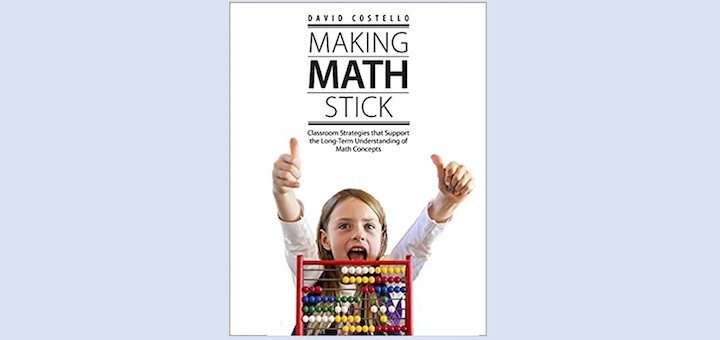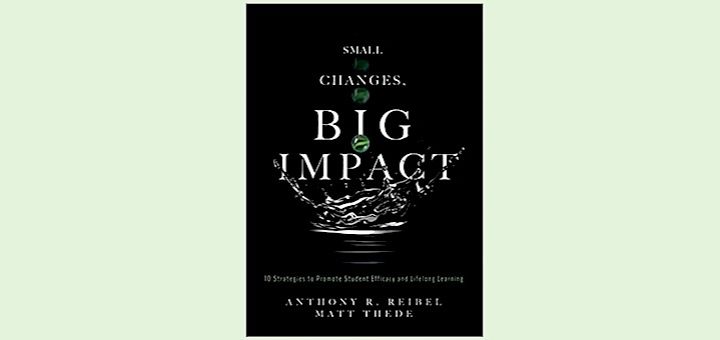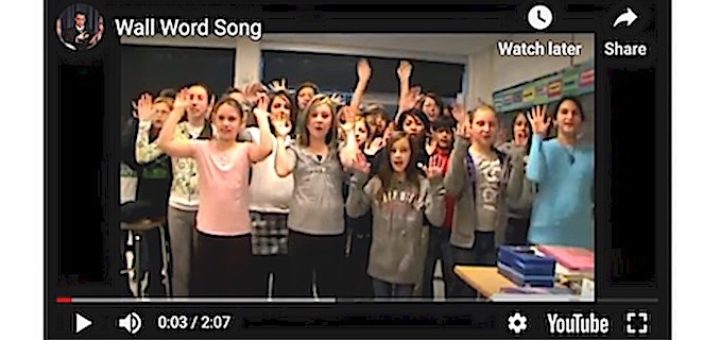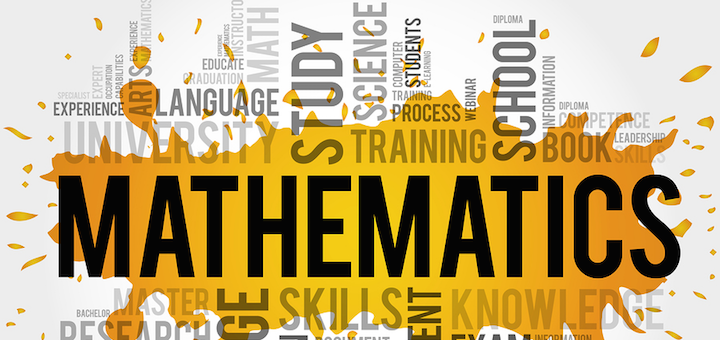Tagged: instructional strategies
In Making Math Stick, David Costello offers advice to help teachers make the shift from “teach, test, move on” to “teach, connect, apply.” His detailed learning and instructional strategies will help you deepen student knowledge and improve retention, writes Lisa Hudson.
Small Changes, Big Impact can guide educators in making 10 research-based changes that will have a significant positive impact on the culture and learning in a school, writes middle level teacher Kristen Donnelly, who says the ideas are aimed primarily at schoolwide reform.
Effective teaching means engaging kids intellectually, socially AND physically. Educators who work strategically to include elements of kinesthetic activity will have students who are attentive, making connections, and able to recall later on. Curtis Chandler shows how.
Jon Sapier’s High Expectations Teaching provides an overview of best practices for encouraging a growth mindset and includes scripts, links to videos, and checklists that teachers can use immediately. Educator Amy Williams finds the short book a good introduction.
In Routines for Reasoning, authors Kelemanick, Lucenta and Creighton make the case for establishing and sticking to routines to foster mathematical practices for all students. Educator Rita Platt finds she is “a better teacher and thinker for having read it.”
The 3rd edition of Marcia Tate’s “Worksheets Don’t Grow Dendrites” continues to be a research based, easy to read book that is guaranteed to provide you with strategies that engage your students and their brains. Reviewer Linda Biondi offers some choice examples.
17,000 Classroom Visits Can’t Be Wrong leaves the reader feeling empowered and ready to make positive changes to reach the next level of engagement and academic strategies in the classroom. It is a must read, says reviewer Jennifer Druffel.
Reading Nathan Barber’s book, educators can apply a sports coach’s perspective to communicating effectively, harnessing the power of teamwork, making work meaningful, embracing technology, building a winning tradition, and more, says reviewer Joanne Fuchs.


















